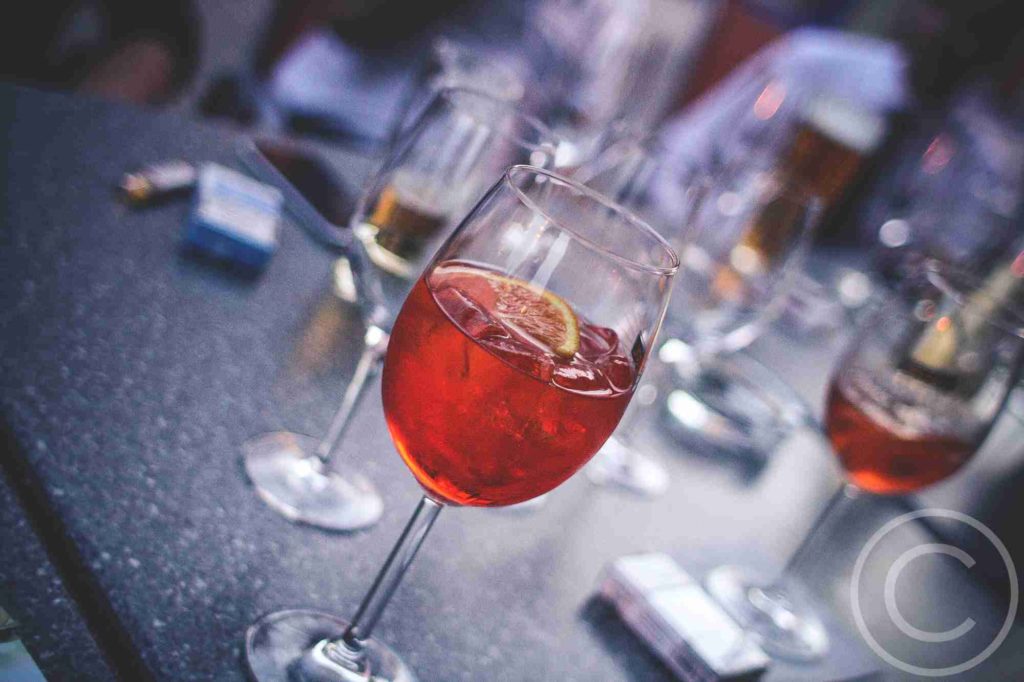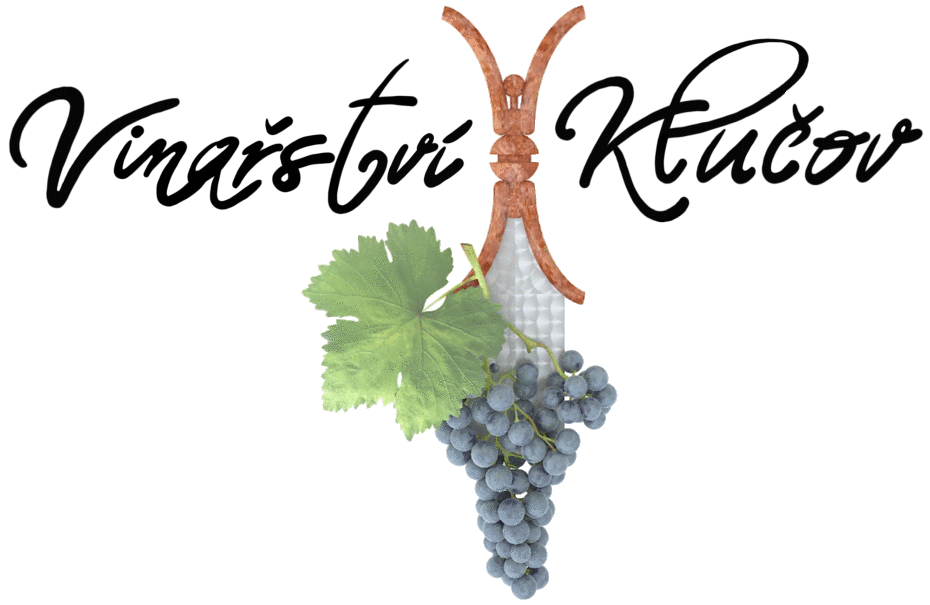Popularity and Backlash of Chardonnay

Due to the “malleability” of Chardonnay in winemaking and its ability to reflect its terroir, there is not one distinct universal “style” or set of constants that could be applied […]
Accordion
[trx_toggles type =”accordion” bottom=”0″]
[trx_toggles_item title=”ACCORDION 1″ id=”q1″]The first definition of a wine-area called Chianti was made in 1716. It described the area near the villages of Gaiole, Castellina and Radda; the so-called Lega del Chianti and later Provincia del Chianti (Chianti province). In 1932 the Chianti area was completely re-drawn and divided in seven sub-areas: Classico, Colli Aretini, Colli Fiorentini, Colline Pisane, Colli Senesi, Montalbano and Rùfina. [/trx_toggles_item]
[trx_toggles_item title=”ACCORDION 2″ id=”q2″]Most of the villages that in 1932 were included in the new Chianti Classico area added in Chianti to their name-such as Greve in Chianti which amended its name in 1972. Wines labelled “Chianti Classico” come from the biggest sub-area of Chianti, that includes the original Chianti heartland. Only Chianti from this sub-zone may boast the black rooster seal on the neck of the bottle[/trx_toggles_item]
[trx_toggles_item title=”ACCORDION 3″ id=”q3″]Other variants, with the exception of Rufina from the north-east side of Florence and Montalbano in the south of Pistoia, originate in the respective named provinces: Siena for the Colli Senesi, Florence for the Colli Fiorentini, Arezzo for the Colli Aretini and Pisa for the Colline Pisane. In 1996 part of the Colli Fiorentini sub-area was renamed Montespertoli.[/trx_toggles_item]
[/trx_toggles]
Toggles
[trx_toggles type=”toggles” bottom=”0″]
[trx_toggles_item title=”TOGGLES 1″ id=”q1″]During the 1970s producers started to reduce the quantity of white grapes in Chianti. In 1995 it became legal to produce a Chianti with 100% Sangiovese. For a wine to retain the name of Chianti, it must be produced with at least 80% Sangiovese grapes. Aged Chianti (38 months instead of 4–7), may be labelled as Riserva. Chianti that meets more stringent requirements may be labelled as Chianti Superiore, although Chianti from the “Classico” sub-area is not allowed in any event to be labelled as “Superiore”.
[/trx_toggles_item]
[trx_toggles_item title=”TOGGLES 2″ id=”q2″ open=”yes”]The original area dictated by the edict of Cosimo III de’ Medici would eventually be considered the heart of the modern “Chianti Classico” subregion. As of 2006, there were 7,140 ha (17,640 acres) of vineyards in the Chianti Classico subregion. The Chianti Classico subregion covers an area of approximate 260 km2 (100 square miles) between the city of Florence to the north and Siena to the south. [/trx_toggles_item]
[trx_toggles_item title=”TOGGLES 3″ id=”q3″]The four communes of Castellina in Chianti, Gaiole in Chianti, Greve in Chianti and Radda in Chianti are located entirely within the boundaries of the Classico area with parts of Barberino Val d’Elsa, San Casciano in Val di Pesa and Tavarnelle Val di Pesa in the province of Florence as well as Castelnuovo Berardenga and Poggibonsi in the province of Siena included within the permitted boundaries of Chianti Classico. [/trx_toggles_item]
[/trx_toggles]
Tabs
[trx_tabs initial=”1″ tab_names=”TAB 1|TAB 2|TAB 3″ bottom=”0″]
[trx_tab]Labels may include terms that may be perceived as misleading. The term Blanc de blancs may be included in a label. This term means “white wine made from white grapes”. The fact is that white wines are predominantly made from white grapes, with the exception of many sparkling wines, the common use of the red Pinot noir in Champagne wines being a typical example.[/trx_tab]
[trx_tab]A wine label may include the producer, the bottler and the merchant’s names. The bottler’s name must always be included in the label. The importer’s name must be included in the label only for countries outside the Common Market.[/trx_tab]
[trx_tab]To better reach the market of blind or sight-impaired wine consumers, labels have appeared printed in Braille. Currently the only known winemaker who has taken the initiative to print all their labels in Braille is Chapoutier winery in France.[/trx_tab]
[/trx_tabs]
Table
[trx_section dedicated=”no” bottom=”-30″]
[trx_table align=”center” bottom=”0″]
| [trx_highlight type=”2″]#[/trx_highlight] | COL 1 | COL 2 | COL 3 | COL 4 |
|---|---|---|---|---|
| [trx_highlight type=”2″]1[/trx_highlight] | Row 1 cell 1 | Row 1 cell 2 | Row 1 cell 3 | Row 1 cell 4 |
| [trx_highlight type=”2″]2[/trx_highlight] | Row 1 cell 1 | Row 1 cell 2 | Row 1 cell 3 | Row 1 cell 4 |
| [trx_highlight type=”2″]3[/trx_highlight] | Row 1 cell 1 | Row 1 cell 2 | Row 1 cell 3 | Row 1 cell 4 |
| [trx_highlight type=”2″]4[/trx_highlight] | Row 1 cell 1 | Row 1 cell 2 | Row 1 cell 3 | Row 1 cell 4 |
[/trx_table][/trx_section]
Audio
[trx_audio title=”It’s Not Goodbye” author=”Laura Pausini” url=”https://www.vinarstviklucov.cz/wp-content/uploads/2017/11/laura.mp3″ image=”https://www.vinarstviklucov.cz/wp-content/uploads/2015/01/s3.jpg” controls=”show” autoplay=”off” width=”100%” bottom=”0″]
Video
[trx_video url=”http://vimeo.com/87056636″ autoplay=”off” image=”no” bottom=”0″]
Slider
[trx_slider engine=”swiper” theme=”dark” count=”3″ offset=”0″ orderby=”date” controls=”yes” pagination=”no” titles=”no” links=”yes” height=”500″ bottom=”0″]
[trx_slider_item src=”https://www.vinarstviklucov.cz/wp-content/uploads/2014/11/Depositphotos_7702215_original.jpg” theme=”dark”]
[trx_slider_item src=”https://www.vinarstviklucov.cz/wp-content/uploads/2014/11/Depositphotos_4947410_original.jpg” theme=”dark”]
[trx_slider_item src=”https://www.vinarstviklucov.cz/wp-content/uploads/2014/11/Depositphotos_35013685_original.jpg” theme=”light”]
[/trx_slider]
Button
[trx_section dedicated=”no” ]
[trx_columns indent=”no” columns=”4″][trx_column_item]
[/trx_column_item]
[trx_column_item]
[/trx_column_item]
[trx_column_item]
[/trx_column_item]
[trx_column_item]
[/trx_column_item][/trx_columns]
[/trx_section]
Chráněno: Password protected
Stručný obsah příspěvku zde není uveden, protože je tento příspěvek chráněn heslem.

